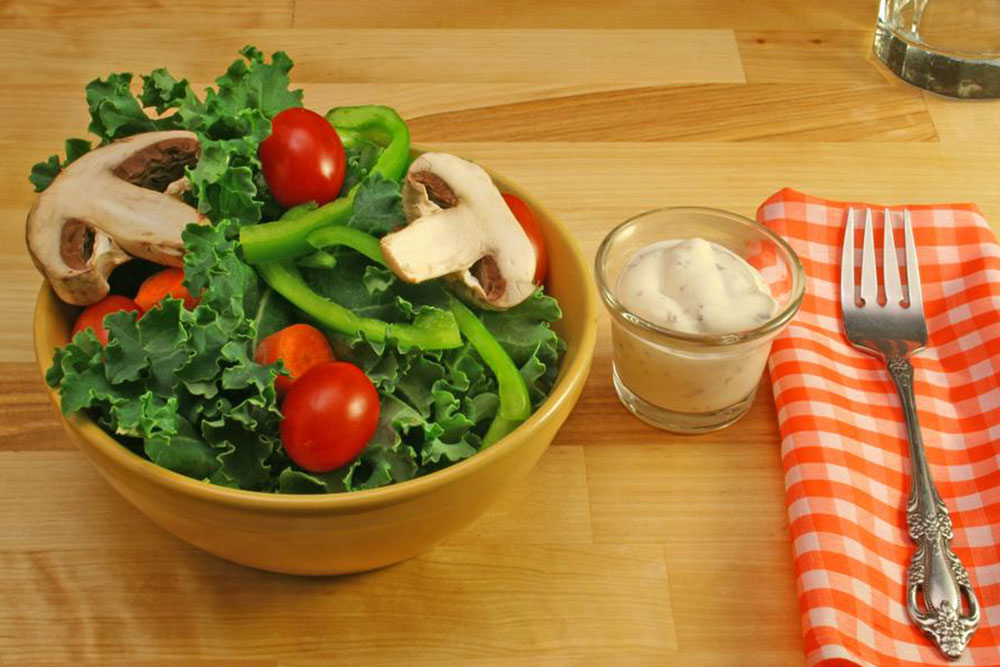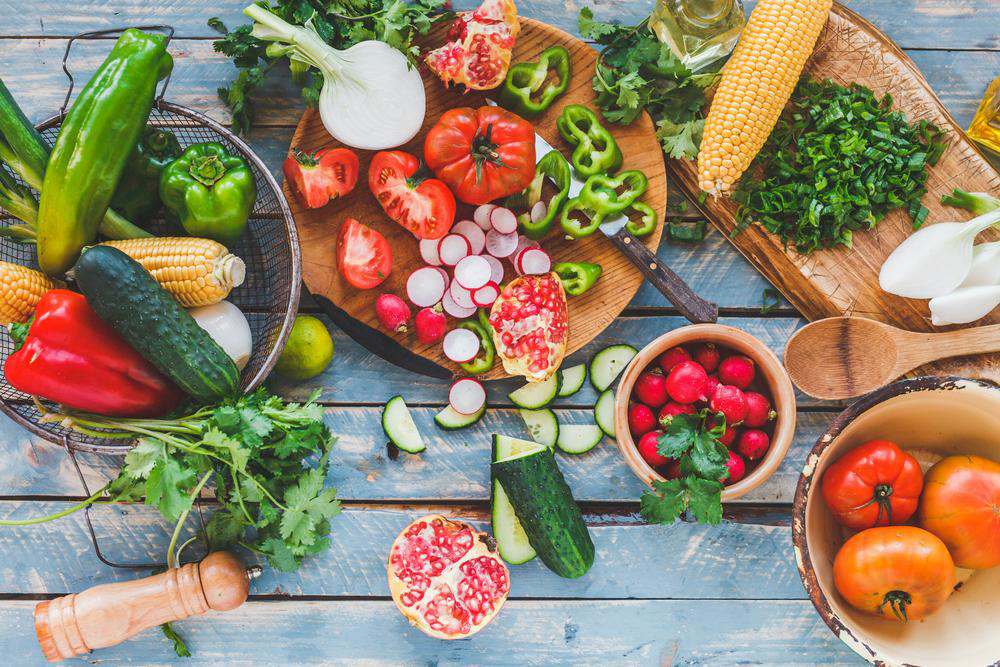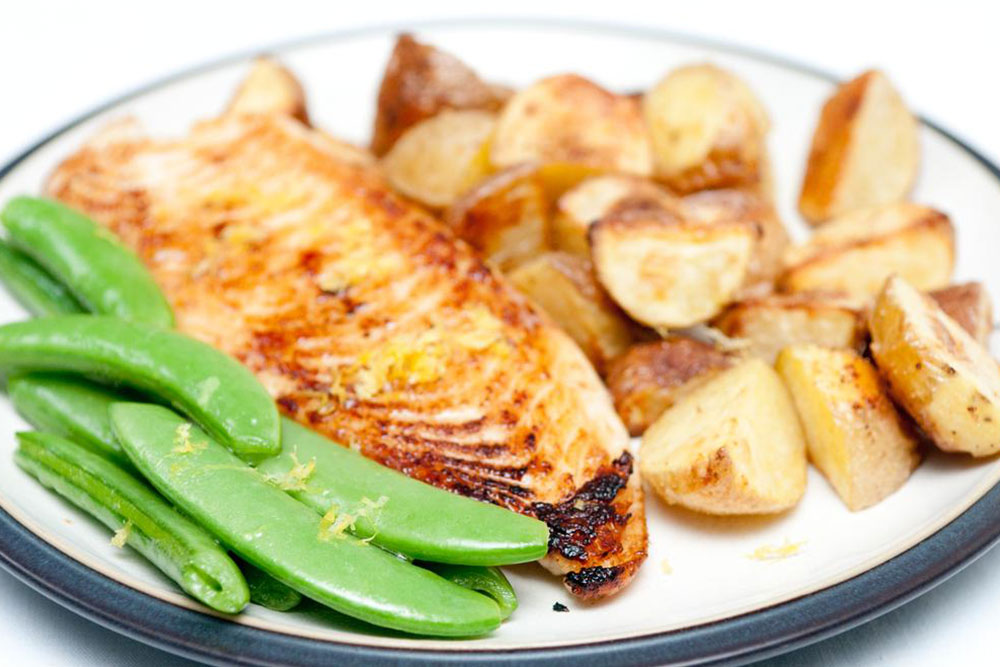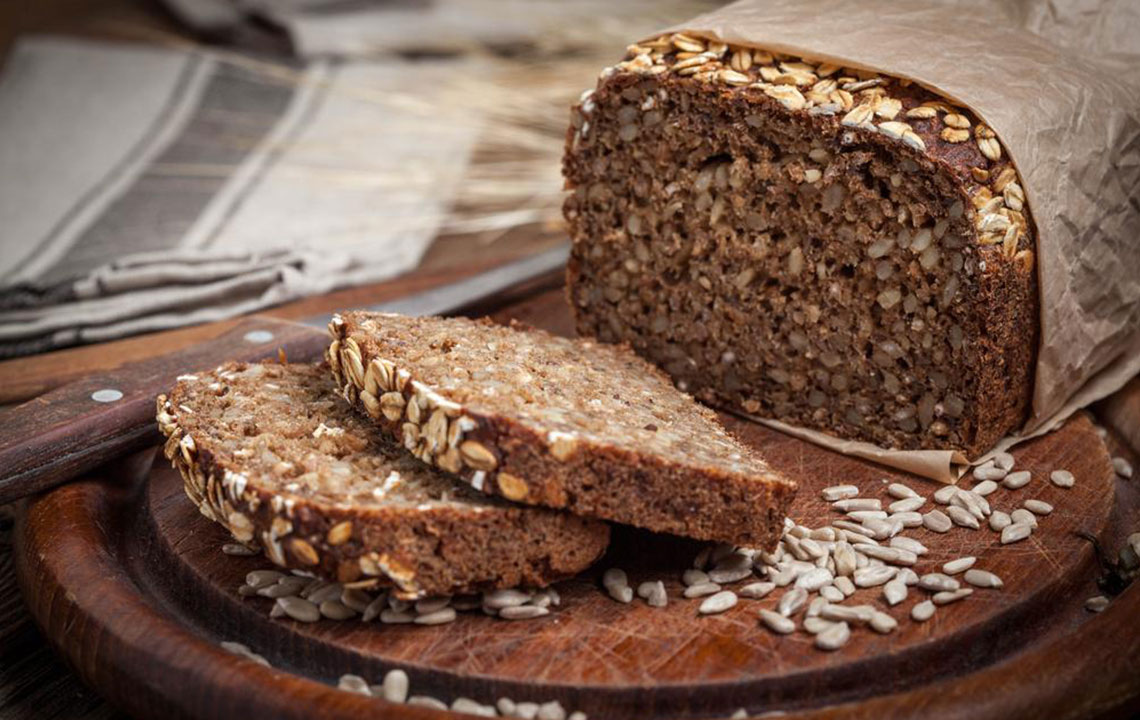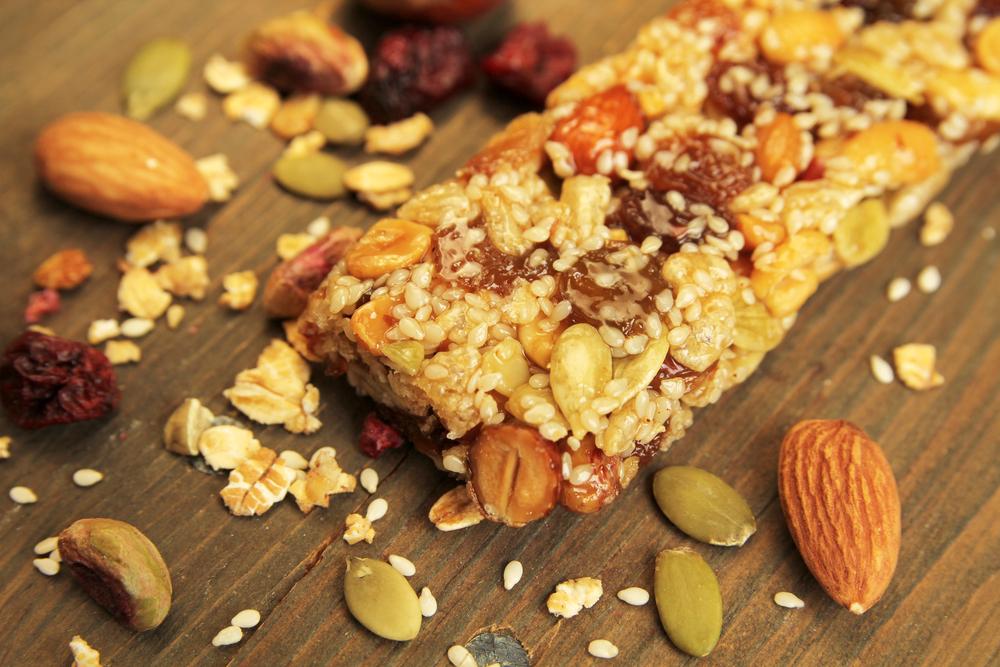Comprehensive Guide to Top 9 Nutrient-Dense High-Fiber Foods for Optimal Health
Discover the top 9 nutrient-dense high-fiber foods that can transform your health. From lentils and beans to seeds and vegetables, this guide provides detailed benefits and practical tips to incorporate these foods into your daily diet for improved digestion, heart health, and overall wellness.
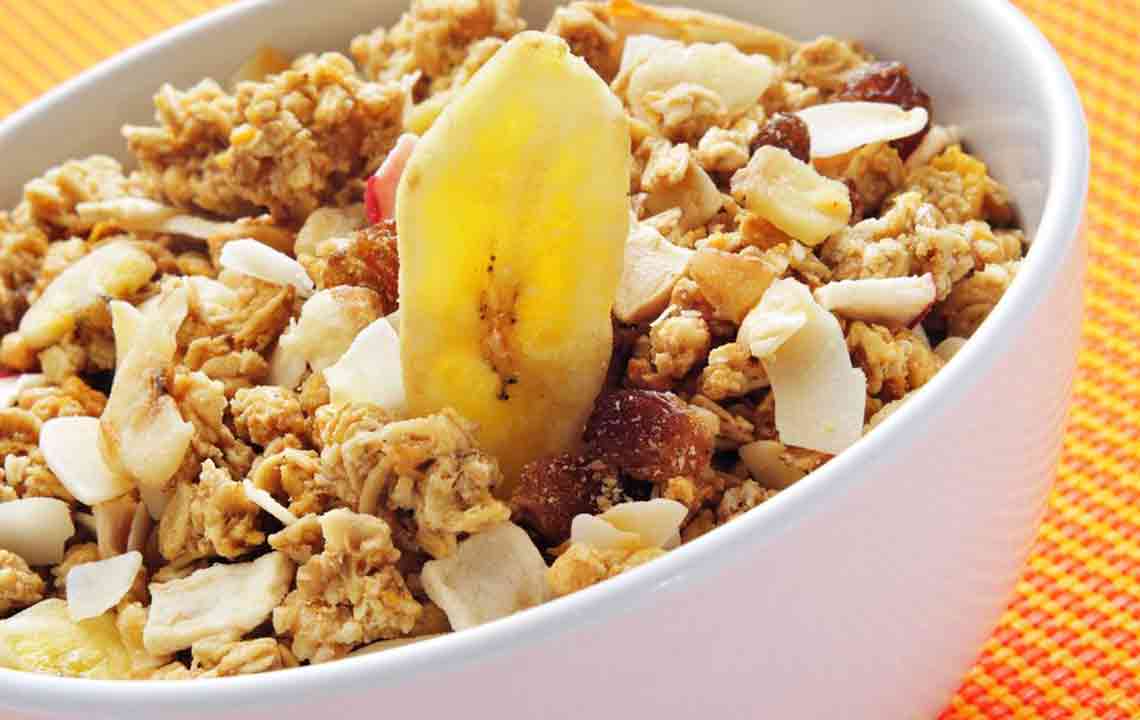
Comprehensive Guide to Top 9 Nutrient-Dense High-Fiber Foods for Optimal Health
Dietary fiber is an essential component of a balanced diet that is often overshadowed by macronutrients such as carbohydrates, proteins, and fats. However, fiber plays a vital role in maintaining overall health, supporting digestive functions, managing weight, and reducing the risk of chronic diseases like heart disease and type 2 diabetes. Incorporating a variety of high-fiber foods into daily meals not only enhances nutritional intake but also promotes long-term wellness. This comprehensive guide explores nine of the most nutrient-dense high-fiber foods, detailing their benefits, fiber content per serving, and practical ways to include them in your diet.
Understanding the importance of fiber is key. The Institute of Medicine recommends a daily fiber intake of 25 grams for women and 38 grams for men under the age of 50. Yet, many individuals fall short of these guidelines due to limited dietary diversity. The good news is that there are abundant, delicious, and easy-to-prepare foods rich in fiber that can seamlessly fit into your meal plans. Let’s examine each of these high-fiber foods in detail, highlighting their health benefits and serving suggestions.
1. Lentils: Powerhouse of Fiber and Protein
Lentils are among the most versatile and nutrient-rich legumes, celebrated for their impressive fiber and protein content. They are an excellent choice for vegetarians and those looking to increase their intake of plant-based nutrition. One hundred grams of cooked lentils provides about 8 grams of dietary fiber, which accounts for roughly 21% of the daily recommended intake. These tiny legumes promote a feeling of fullness, aiding in weight management, and provide sustained energy release throughout the day. Moreover, lentils are rich in essential minerals such as iron, magnesium, and folate, contributing to overall health.
Incorporating lentils into your diet is straightforward. You can add them to hearty soups, stews, salads, or even make lentil patties. Their mild flavor makes them adaptable to various cuisines, from Indian dal to Mediterranean lentil salads. Regular consumption of lentils supports digestive health, helps regulate blood sugar levels, and can contribute to heart health by reducing bad cholesterol levels.
2. Split Peas: A Nutritional Staple for Blood Sugar and Cholesterol Control
Split peas are a potent source of dietary fiber, boasting about 8 grams per 100-gram cooked serving. Their high fiber content helps in stabilizing blood sugar levels and lowering cholesterol, making them an excellent choice for individuals managing diabetes or cardiovascular risk factors. Split peas are also rich in plant-based protein and essential nutrients like B vitamins, iron, and potassium. Their fiber-rich profile not only promotes a healthy digestive system but also provides a sustained energy boost, preventing mid-day crashes.
Their delightful earthy flavor complements soups, soups, and purees. Classic split pea soup is a hearty and nourishing dish that can be prepared easily at home. Because they are affordable and shelf-stable, split peas are a practical addition to any pantry. Regular consumption can contribute to weight control, improved heart health, and enhanced gastrointestinal function.
3. Navy Beans: Small but Mighty in Fiber and Nutrients
Navy beans, also known as haricot beans, are tiny beans packed with an impressive amount of dietary fiber—about 11 grams per 100 grams of cooked beans. This high fiber content aids in cholesterol management, maintains healthy blood sugar levels, and promotes regular bowel movements. Beyond fiber, navy beans are rich in protein, folate, manganese, and other vital minerals that support energy production and cellular health.
They are incredibly versatile; you can use navy beans in salads, bean spreads, soups, or even as a side dish. Their mild flavor and creamy texture make them suitable for various culinary preparations. Regular inclusion of navy beans can help lower the risk of cardiovascular disease, control weight, and enhance digestive health.
4. Kidney Beans: Heart-Healthy and Delicious
Known for their vibrant color and hearty texture, kidney beans provide approximately 6 grams of fiber per 100 grams when cooked. They are an excellent source of dietary fiber, which helps reduce LDL cholesterol levels, support heart health, and aid in blood sugar regulation. Kidney beans are also rich in protein, iron, and folate, making them a nutritious addition to various dishes.
Popular in salads, chili, and Mexican cuisine, kidney beans are both flavorful and health-promoting. Their fiber content not only supports cardiovascular health but also promotes gastrointestinal regularity. Including kidney beans regularly in your diet can contribute to a balanced, nutrient-rich eating plan with long-term health benefits.
5. Chia Seeds: Tiny Seeds with Massive Benefits
Chia seeds stand out as superfoods packed with fiber—containing about 34 grams per 100 grams. Their high fiber content supports digestion, helps maintain a healthy weight, and enhances skin health by providing essential fatty acids. Chia seeds are also rich in omega-3 fatty acids, antioxidants, and minerals like calcium and magnesium, which support bone health.
These tiny seeds are incredibly versatile: they can be soaked in water or milk to create a gel, added to smoothies, oats, or baked goods. Chia seeds are an excellent way to boost fiber intake effortlessly. Regular consumption can help promote satiety, regulate blood sugar levels, and improve overall nutritional balance.
6. Flax Seeds: A Fiber Ripple Effect
Flax seeds are renowned for their high fiber and omega-3 fatty acids content. Each 100 grams contains about 27 grams of dietary fiber, which helps in weight management, improves skin and hair health, and promotes healthy digestion. Flax seeds also contain lignans, compounds that have antioxidant properties and may reduce cancer risk.
Incorporate flax seeds into your diet by adding ground seeds to cereals, smoothies, baking recipes, or salads. Because they are rich in soluble fiber, they help in lowering blood cholesterol and maintaining regular bowel movements. Their nutrient profile makes them a valuable addition to a heart-healthy and fiber-rich diet.
7. Sunflower Seeds: Crunchy Source of Protein and Fiber
Sunflower seeds are a tasty snack that also provides significant fiber—about 12 grams per 100 grams. Alongside fiber, they offer healthy fats, protein, vitamin E, and other antioxidants that support immune function and skin health. Their fiber content aids digestive health and blood sugar stabilization.
Sprinkle sunflower seeds on salads, yogurt, or incorporate them into baked goods. They are portable, nutrient-dense, and easy to include in daily meals. Regular consumption can contribute to improved heart health, better blood sugar control, and overall wellness.
8. Artichokes: A Fiber-Rich Vegetable for Liver and Heart Health
Artichokes top the list in vegetable fiber content, providing about 5 grams per 100 grams. They are also known for their benefits in improving liver health, alleviating indigestion, and supporting healthy blood pressure levels. Artichokes are rich in antioxidants, vitamins, and minerals, making them a healthful addition to many dishes.
You can enjoy artichokes in dips, pasta, salads, or grilled as a side. Their high fiber content facilitates digestion, helps regulate cholesterol, and supports overall detoxification processes. Regular intake of artichokes can lead to better cardiovascular health and enhanced nutrient intake.
9. Green Peas: Versatile and Heart-Healthy
Green peas are an excellent source of dietary fiber, with roughly 5 grams per 100 grams when cooked. They aid digestion, reduce the risk of cancer, and support heart health due to their fiber, antioxidants, and anti-inflammatory compounds. Green peas are easy to incorporate into a variety of meals, from salads to stir-fries.
Their natural sweetness and nutritional profile make green peas an appealing and healthful addition. Regular consumption can help in weight control, improved gut health, and disease prevention, especially concerning cardiovascular health.
Conclusion: Incorporating High-Fiber Foods into Your Daily Diet
The list of high-fiber foods outlined above demonstrates that improving your dietary fiber intake is simple and delicious. By integrating lentils, split peas, navy and kidney beans, chia and flax seeds, sunflower seeds, artichokes, and green peas into your meals, you can significantly bolster your nutritional profile. Consistent consumption of these foods supports digestive health, reduces the risk of chronic diseases, and promotes overall well-being. Making fiber-rich choices every day is a practical and enjoyable step toward a healthier lifestyle.
